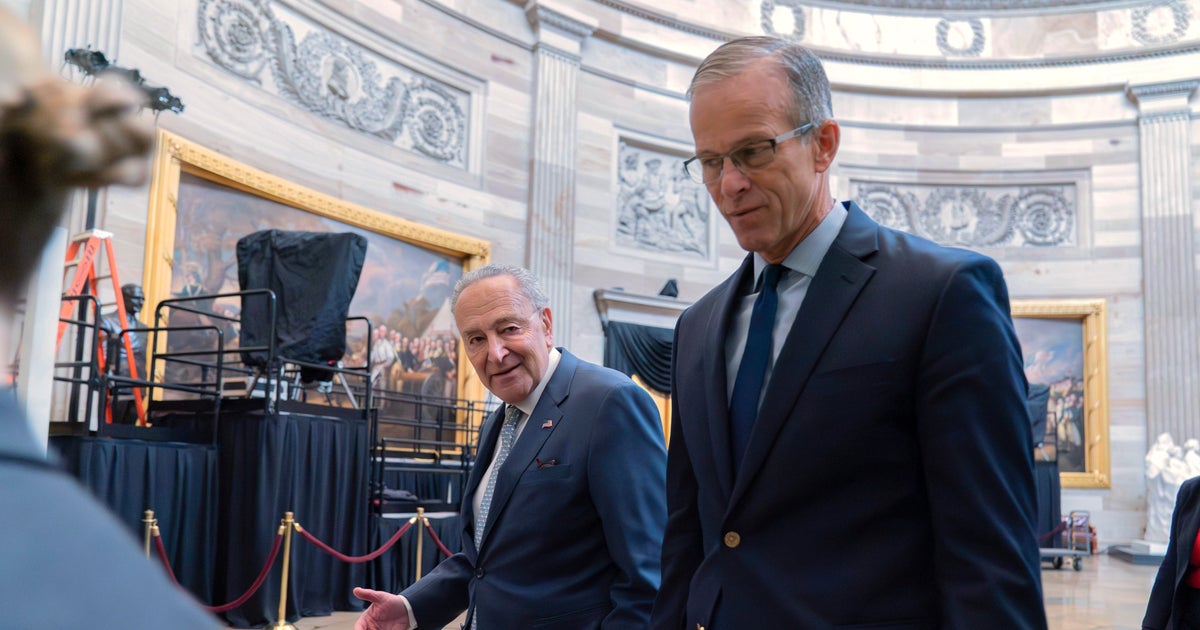Government Shutdown 2025: What Services Are Affected and How Long Could It Last?
The U.S. federal government entered a partial shutdown on October 1, 2025, after Congress failed to reach a budget agreement for the upcoming fiscal year. This shutdown impacts various federal services and leaves many Americans wondering about the consequences. Susanne Brown was seen looking at a sign outside the Everglades National Park visitor center stating "This Facility is Closed Due to the Federal Government Shutdown".
Immediate Impacts of the Shutdown
Several federal agencies have had to temporarily halt or limit their services. Here's a breakdown of the immediate effects:
- Mail Services: The U.S. Postal Service (USPS) will continue normal operations and all post offices will remain open.
- Nutritional Programs: The Supplemental Nutrition Assistance Program (SNAP) and the Special Supplemental Nutrition Program for Women, Infants, and Children (WIC) will continue, but their continuation is "subject to the availability of funding," according to the Department of Agriculture.
- Public Health Care: Medicare services will continue without interruption. The Department of Health and Human Services anticipates having sufficient funding for Medicaid for the first quarter of the 2026 fiscal year.
- Courts: The judiciary will remain open with paid operations through October 17, 2025. Most proceedings and deadlines are expected to proceed as scheduled.
- Banks: Private banks are expected to be unaffected.
Disruptions and Delays
While some services remain operational, others face significant disruption:
- Economic Data: The Labor Department will not collect or publish economic data during the shutdown, delaying reports like the nonfarm payroll report.
- National Parks and Monuments: Open-air sites and memorials will remain accessible, but buildings requiring staffing will be closed, impacting visitor services within National Parks.
- Student Loans: Federal student loan payments are still required. However, applications for loan forgiveness to the Department of Education will likely face delays. The department expects to furlough around 95% of its non-Federal Student Aid staff for the first week.
- Social Security: Social Security and Supplemental Security Income payments will continue as expected. Local offices will remain open but will offer reduced services.
- Schools and Libraries: While schools and colleges are typically minimally affected, the Library of Congress has closed all buildings and canceled public events.
Continuity of Essential Services
Despite the shutdown, certain essential services will continue to operate:
- Military: Most military operations and veterans' benefits will continue, although worker pay may be delayed. New orders outside of extenuating circumstances are restricted.
- Air Travel: Air traffic controllers and Transportation Security Administration (TSA) officers will continue working, though without pay. The Department of Transportation will halt hiring for various aviation safety roles.
- Rail Travel: Amtrak will maintain "normal operation" of its passenger rail network.
Historical Context and Potential Duration
This shutdown is the 15th since 1981 and the fourth under a Trump presidency. Disagreements between Democrat and Republican lawmakers over health care policy changes are cited as a contributing factor.
The current shutdown will continue until Congress agrees on a budget for the 2025-26 fiscal year. Republicans hold a majority in both chambers, but the Senate requires 60 votes to pass a spending bill, which they currently lack. The longest shutdown in history lasted 35 days, from December 2018 to January 2019, costing the U.S. economy an estimated $3 billion.
Past Government Shutdowns: A Timeline
Government shutdowns are not uncommon, with most presidents in the last 50 years experiencing at least one during their administration. Presidents George W. Bush and Joe Biden are exceptions. Here's a condensed timeline:
| Year(s) | President | Duration (Days) |
|---|---|---|
| 1976 | Gerald Ford | 11 |
| 1977 | Jimmy Carter | 12, 8, 8 |
| 1978 | Jimmy Carter | 17 |
| 1979 | Jimmy Carter | 11 |
| 1981-1987 | Ronald Reagan | 2, 1, 3, 3, 2, 1, 1, 1 |
| 1990 | George H.W. Bush | 4 |
| 1995-1996 | Bill Clinton | 5, 21 |
| 2013 | Barack Obama | 17 |
| 2018-2019 | Donald Trump | 3, hours, 35 |
The Antideficiency Act and Modern Shutdowns
Historically, government operations continued despite funding gaps. However, in 1980 and 1981, U.S. Attorney General Benjamin Civiletti established the legal basis for modern government shutdowns, stating that agencies could not expend funds without appropriations, except for the "safety of human life or the protection of property." This opinion significantly shaped the frequency and impact of subsequent shutdowns.
Alex Harring, Lianna Norman, and Samantha Neely contributed to these reports.
 Visit the website
Visit the website






